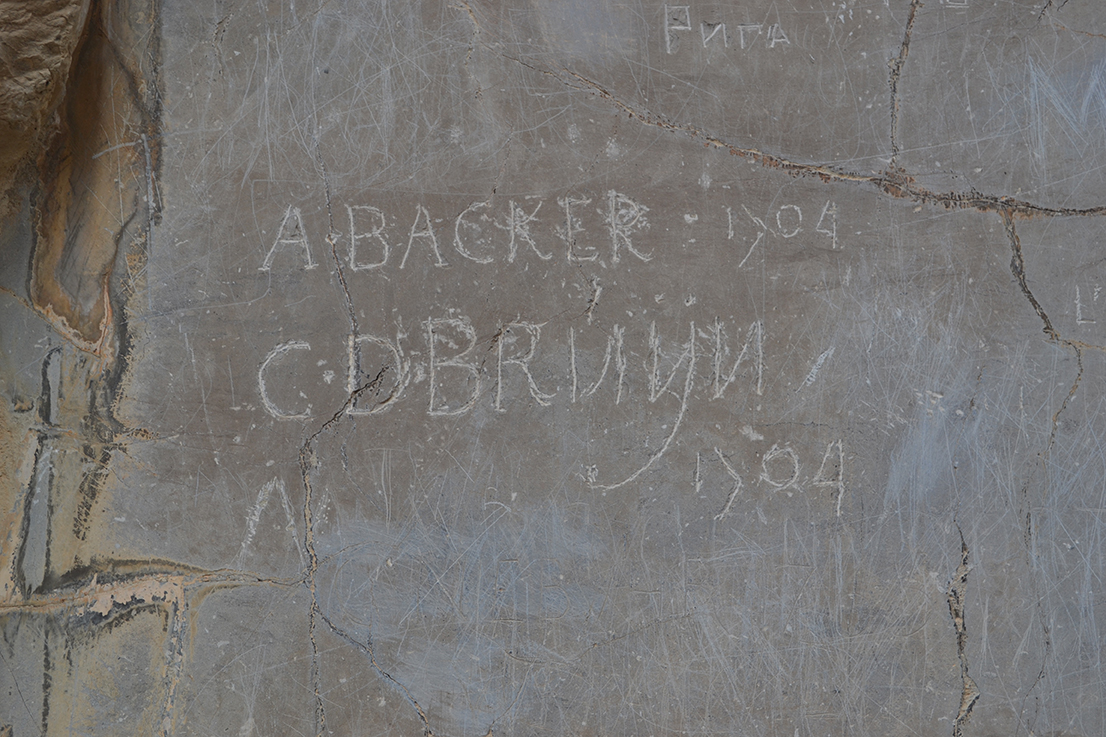Dutchmen will be surprised upon visiting Persepolis. When entering the Xerxes’ Gate of All Nations they are greeted by a fellow-Dutchman; a man named Cornelis de Bruijn, also spelled Cornelius de Bruyn, carved behind his signature more than three hundred years ago.
In 1703, De Bruijn left Hague for Russia, Persia, Ceylon, and Java where he discovered a small kangaroo-like animal that is still called Thylogale Brunii.
He arrived in Isfahan on December 13, 1703 and remained for almost a year, during which he was frequently entertained by Frans Kastelein, the local director of Dutch East Indies company, who also provided him with information and contacts. Through these contacts he was introduced to all levels of Persian society and entered the royal court, where he made a drawing of Shah Soltan Hossein (1694-1722), according to Encyclopedia Iranica.
In November 1704, he arrived at the ancient Achaemenid capital, where he was to stay until January. Although several European travelers had already offered descriptions of the site, none of them spent two and a half months amidst the ruins, to become so well-acquainted with the site.
De Bruijn’s account consists of several parts. First, he describes the terrace and its buildings, which can easily be identified with the remains that are visible today.
De Bruijn was not always able to interpret the buildings, but recognized that the rock reliefs belonged to royal tombs. He also mentioned the four Achaemenid tombs at Naqsh-i Rustam and the Sassanid rock reliefs, which he believes to be representations of the legendary Rustam, hero of Shahnameh ‘book of kings’.
Next, De Bruijn compares his observations to what is written by the ancient authors. For example, he is able to identify Median and Persian dresses. In the next chapters, he describes the history and customs of the ancient Persians, based on Greek and Latin sources, but he adds a chapter of his own with the Persian side of the story.
De Bruijn’s illustrated travel account on Persia, Moscow and parts of East Indies, published in 1711, did not gain much success. Very few people could afford to buy the book. Worse still, people found it hard to believe his story. The painter-traveler died in 1727, bankrupt and forgotten.


